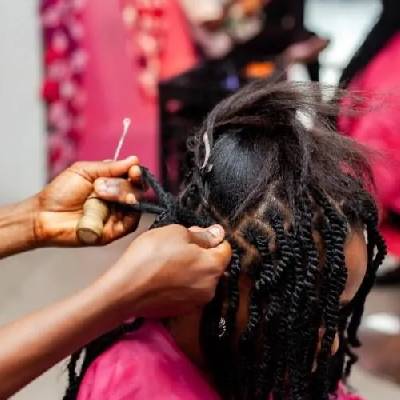
Motor Vehicle Electricians specialise in installing and maintaining electrical systems contained in motor vehicles. Motor Vehicle Electricians mainly work for motor vehicle service centers where they install, inspect, repair, and maintain all the electrical parts contained in a vehicle.
This motor vehicle electrician certificate program will give the trainee knowledge and skills on the maintenance and repair of a motor vehicle that balances the theory and practice. In this program you will learn to:
- Work with computer-controlled engine management systems
- Service, identify and repair faults on electronically controlled vehicle systems such as electronic fuel injection, electronic ignition, anti-lock braking, cruise control, automatic transmission, airbags and air conditioning.
- Install electrical equipment such as gauges, lighting, alternators and starter motors in vehicles.
- Install electrically operated accessories such as radios, heating or demisting equipment, air conditioners, driving lamps and anti-theft systems.
- Refer to circuit diagrams, and use meters and test instruments to find electrical faults.
- Adjust engine control systems and timing to ensure vehicles are running at peak performance.
- Test, recondition and replace faulty alternators, generators, starter motors and related items such as voltage regulators and batteries.
- Repair or replace faulty ignition, electrical wiring, fuses, lamps and switches.
- Use hand tools, specialised electrical tools, instruments and machines, including drills, grinders, presses and lathes.
- Solder or weld when repairing electrical parts.
- Sell and install electrical parts and accessories.
- Install, repair and service air conditioning systems.
Entry Requirements
KCSE Mean Grade D-(Minus) or equivalent
Objectives of Motor Vehicle Electrician
A motor vehicle electrician course graduate will be able to perform the following tasks.
- Replace defective parts such as fuses, lamps, and switches.
- Test and replace defective alternators, generators, voltage regulators, and starter motors.
- Repair and replace faulty ignition and electrical wiring.
- Connect power-operated vehicle equipment and accessories to the power supply.
- Use test equipment to locate electrical and electronic malfunctions.
- Install electrical equipment and electronic components in motor vehicles.
- Dismantle and remove electrical and electronic assemblies and components.
- Adjust engine control systems and timing.
Related articles
-

A Guide to Civil Engineering Degree and Diploma Programs in Kenya
08-Nov-2025 -
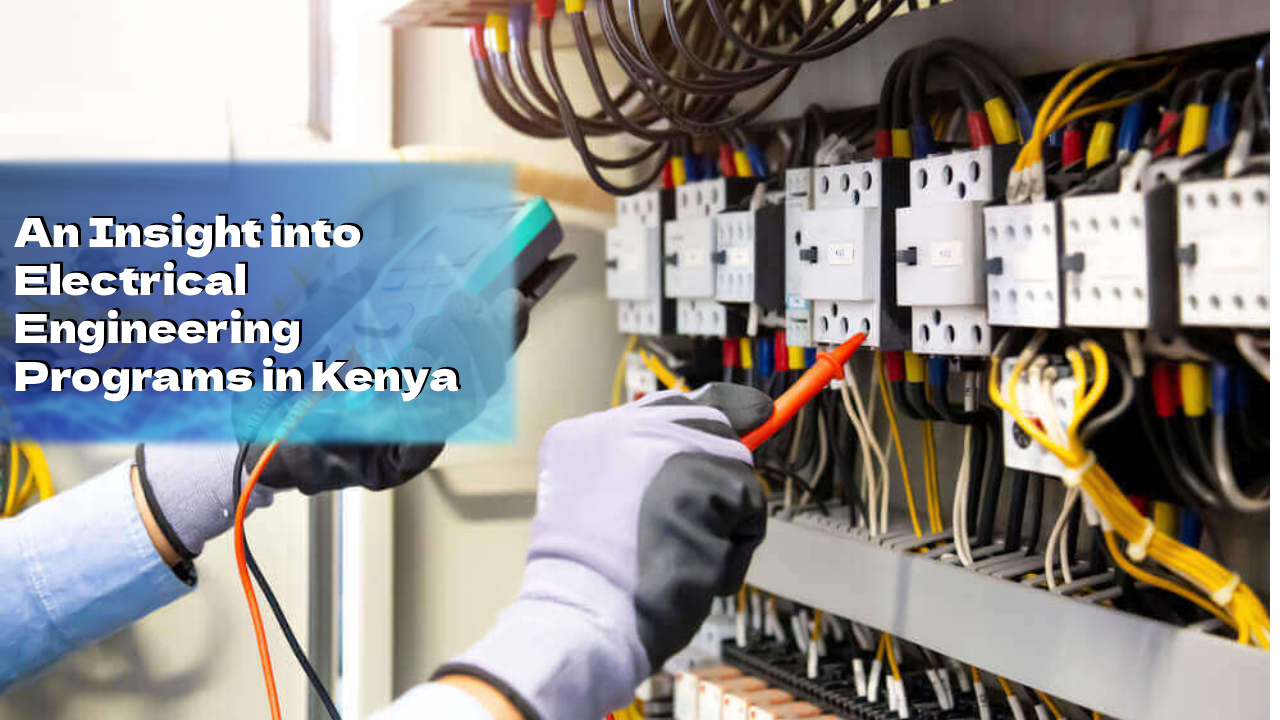
Electrical Engineering in Kenya: A 2025 Guide for KCSE Graduates
08-Nov-2025 -
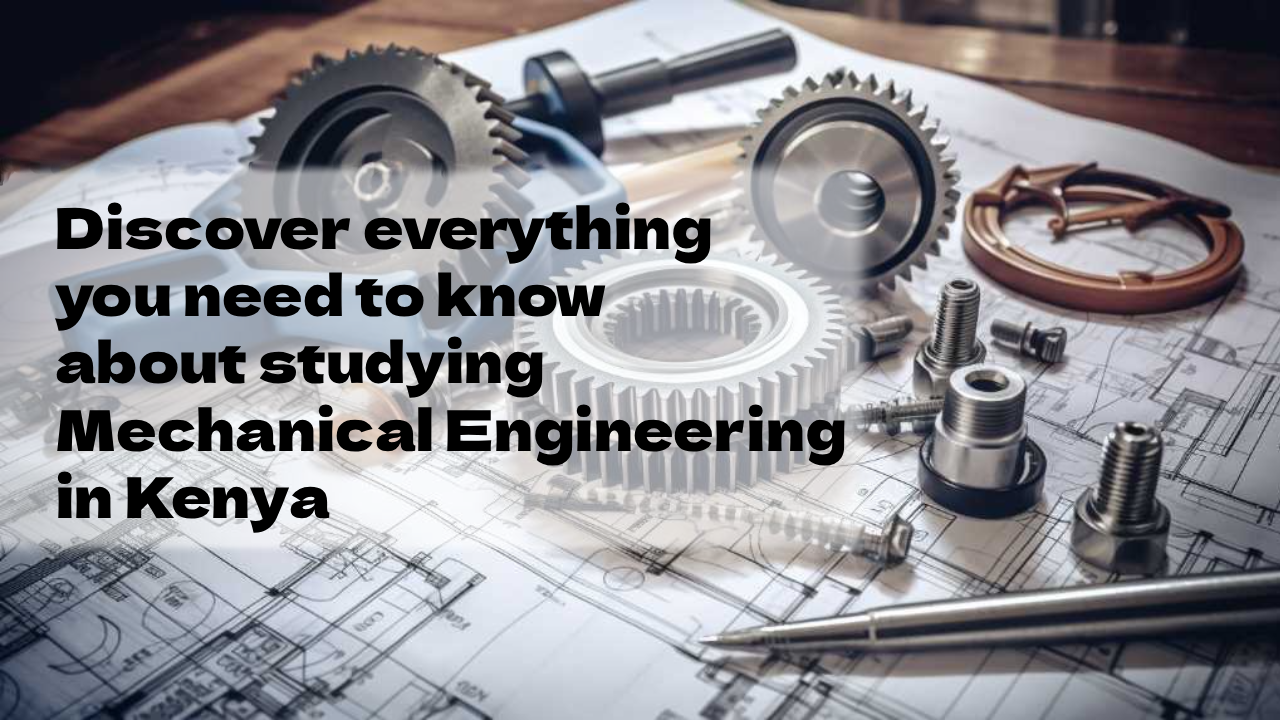
Mechanical Engineering in Kenya: A 2025 Guide for KCSE Graduates
08-Nov-2025 -
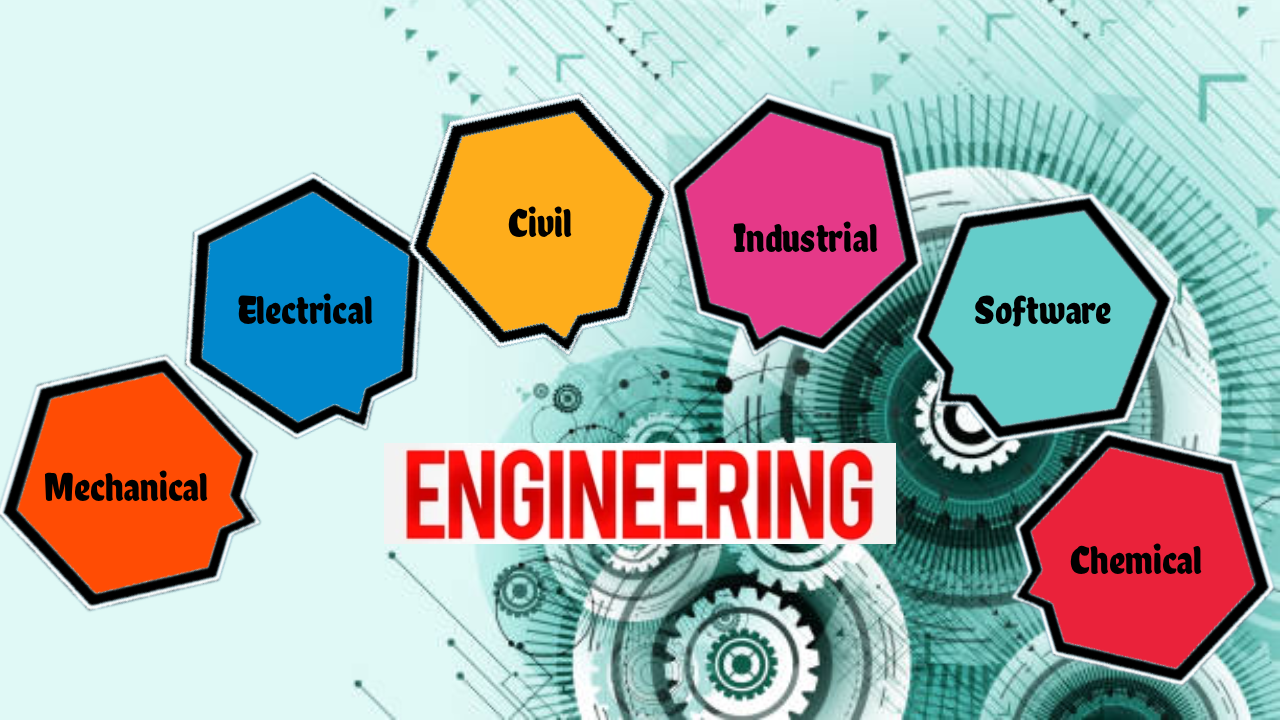
Engineering Courses in Kenya: A Guide for 2025 KCSE Graduates
08-Nov-2025 -
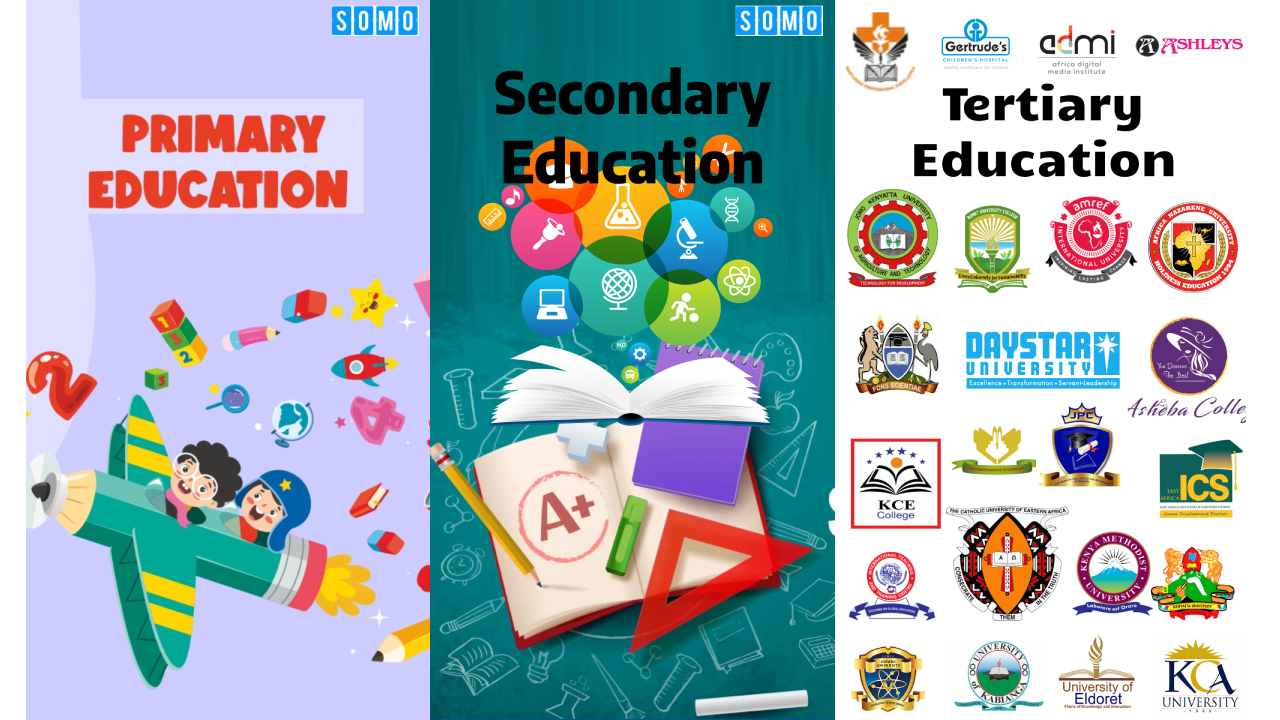
Education Pathways in Kenya — From Basic Education to Tertiary | College Guide
06-Nov-2025 -

The Bird and the Mirror: A Reflection on Identity, Perception, and Illusion
07-Feb-2025
Colleges offering Motor Vehicle Electrician
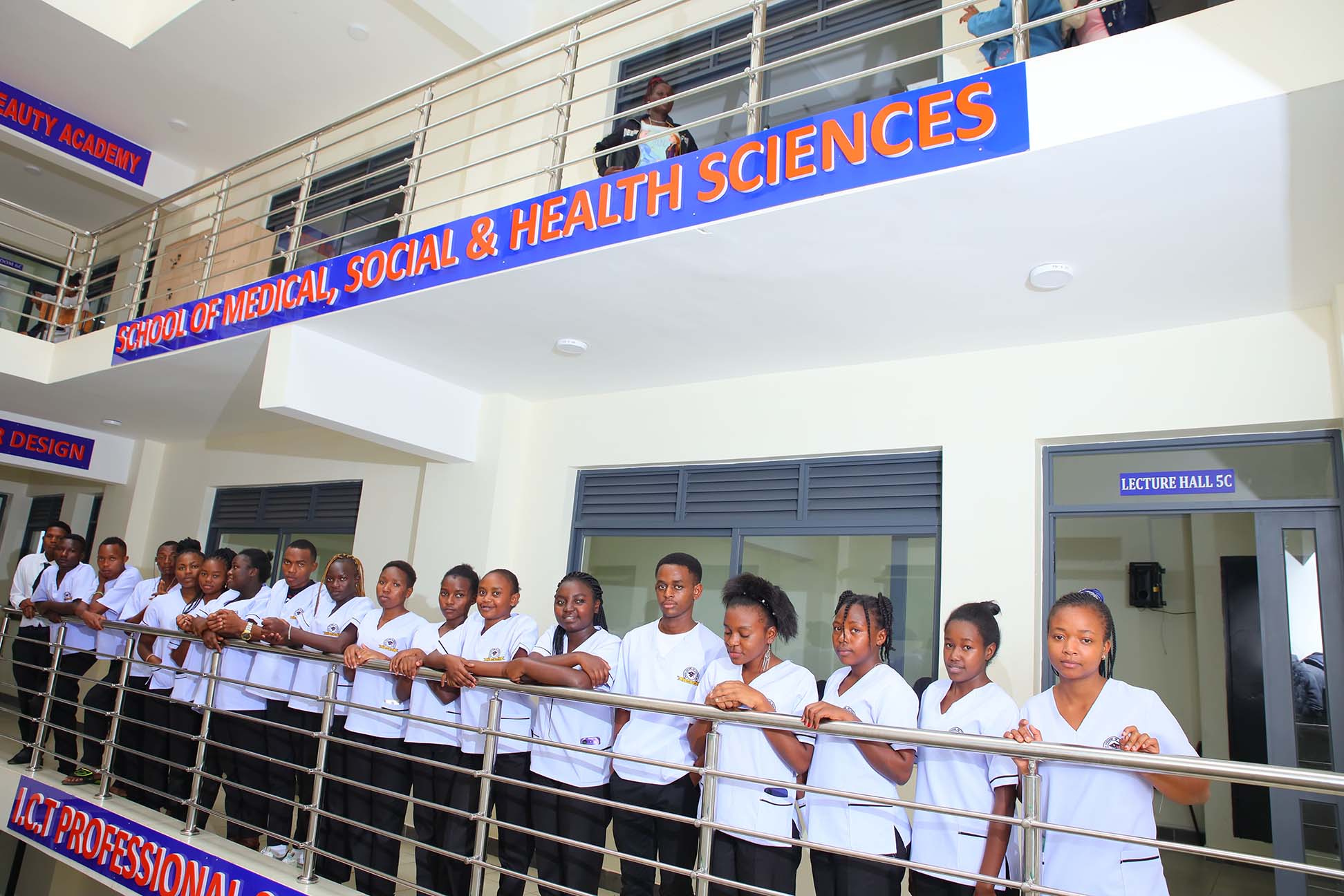
Thika Town
Jodan College of Technology

Nakuru Town East
Sensei Institute of Technology

Nyeri Town
The Nyeri National Polytechnic

Machakos Town
Mutisya Technical Training Institute

Likoni




